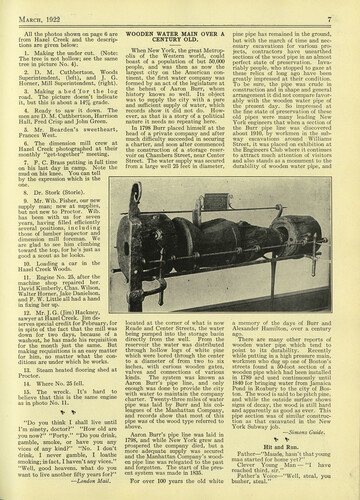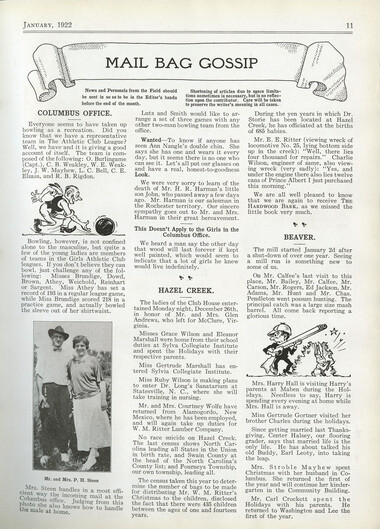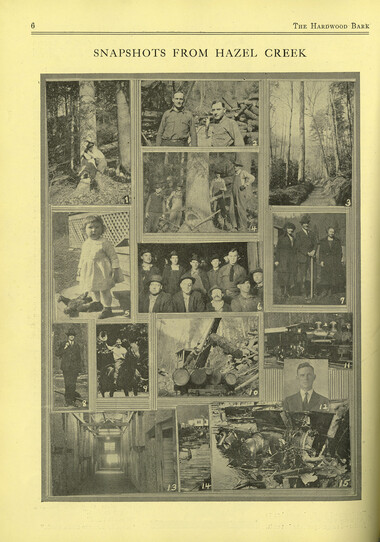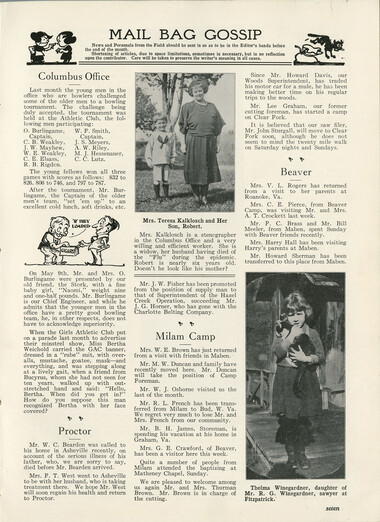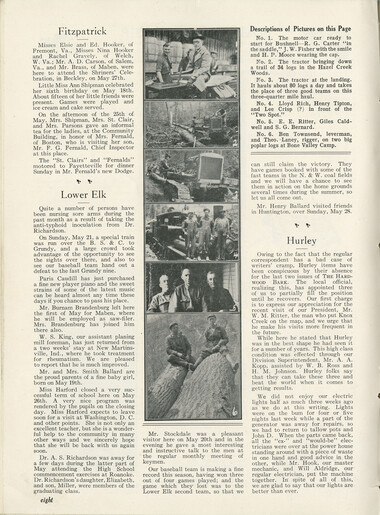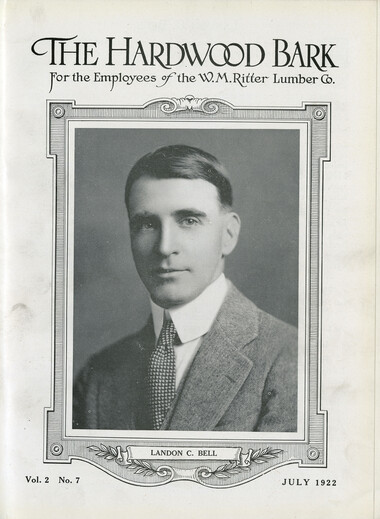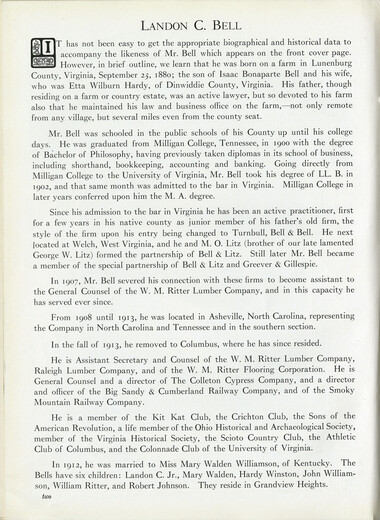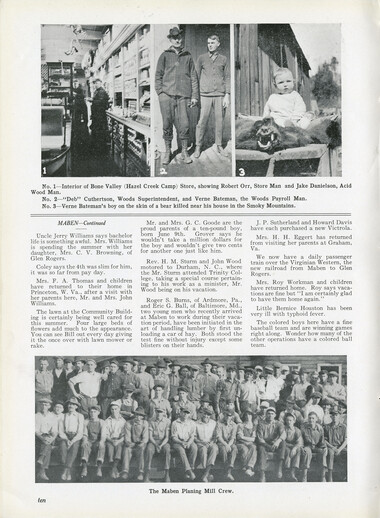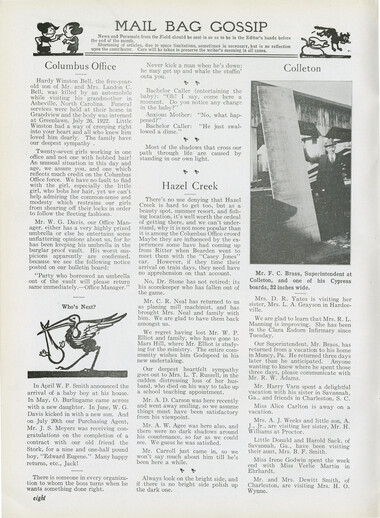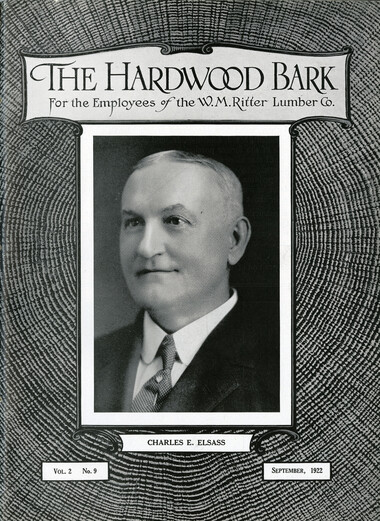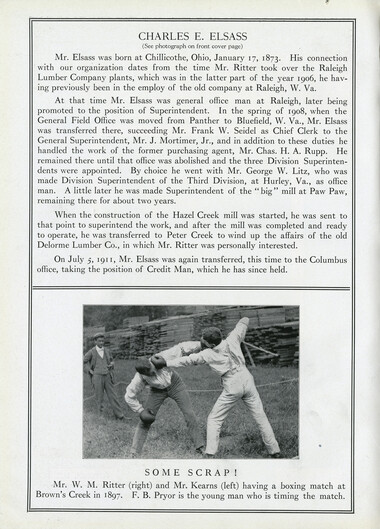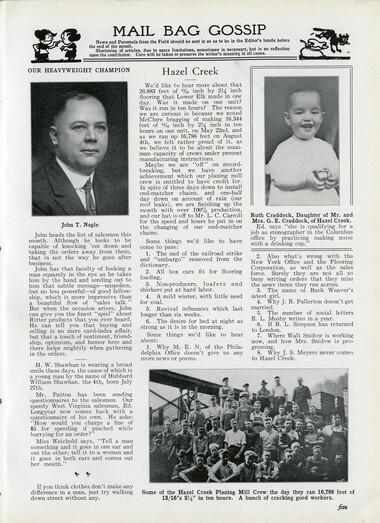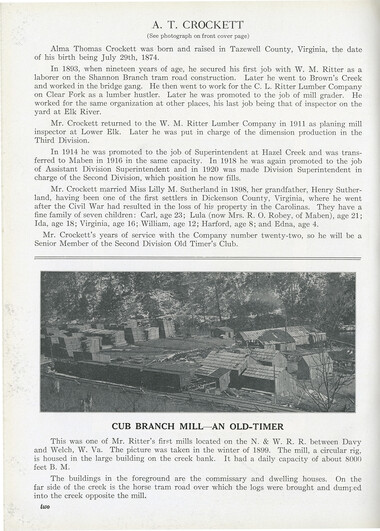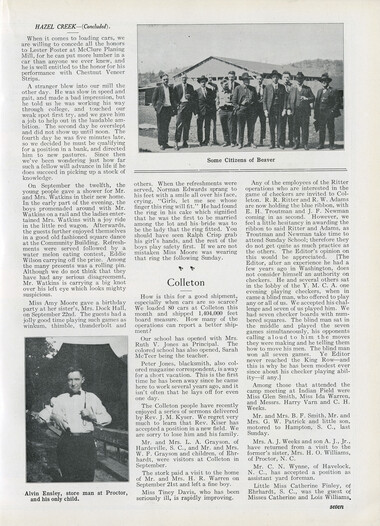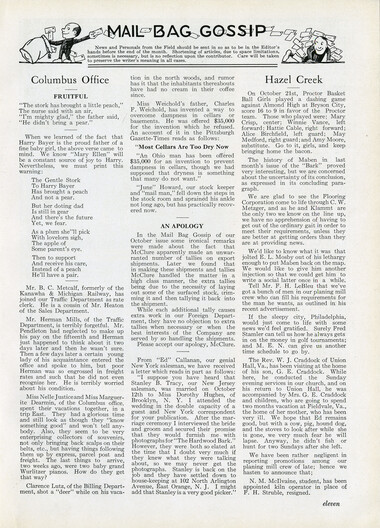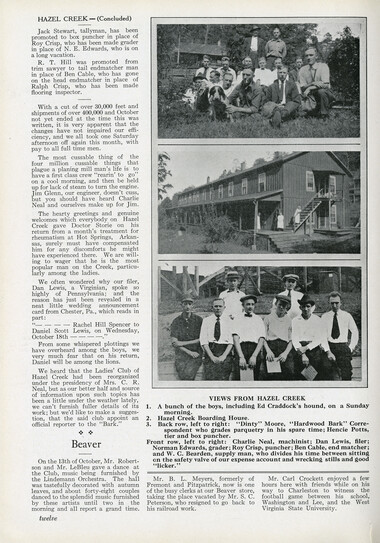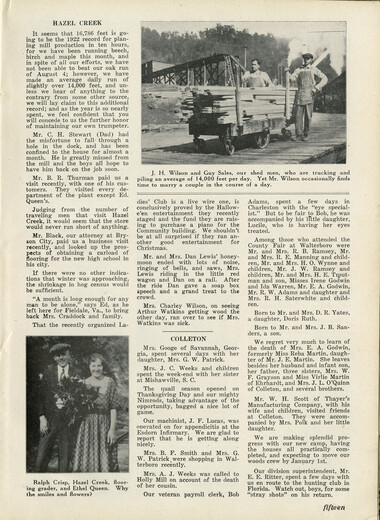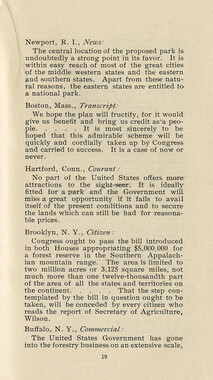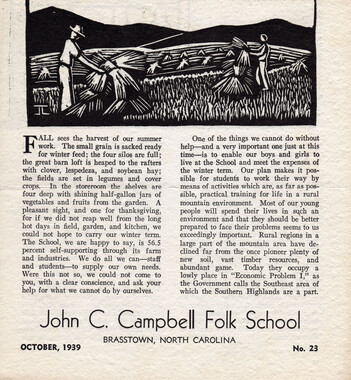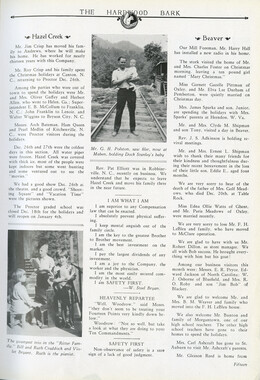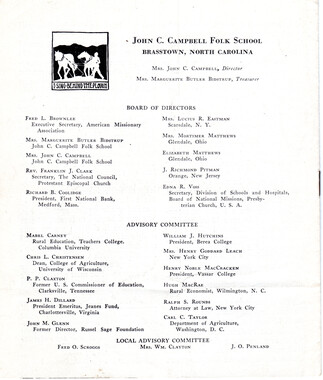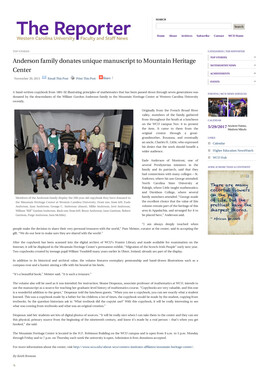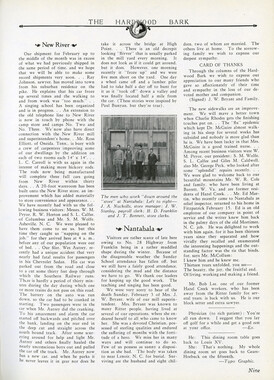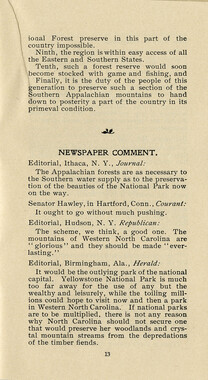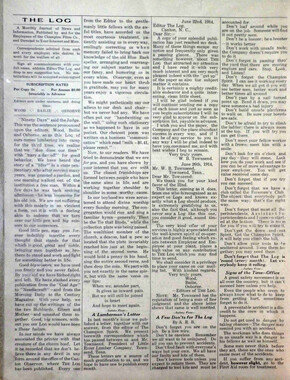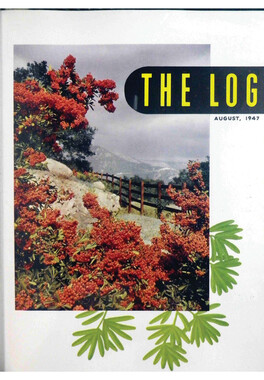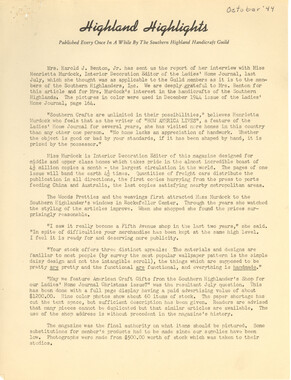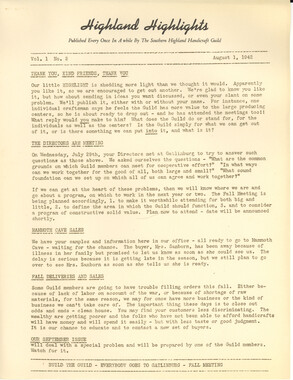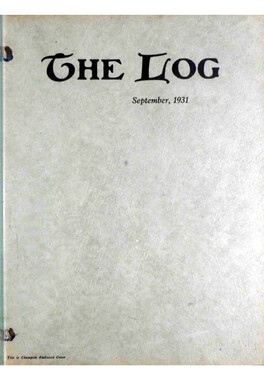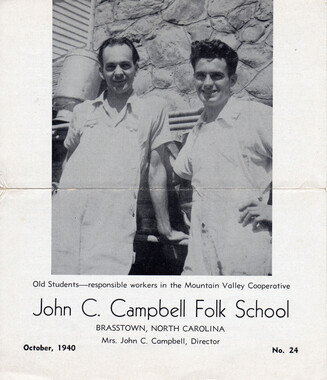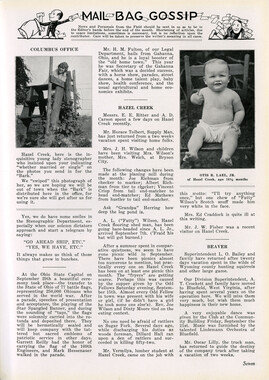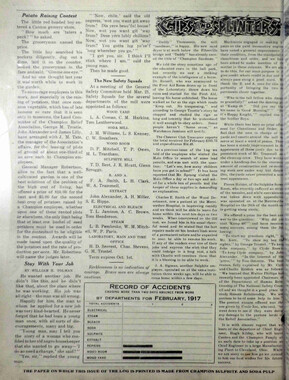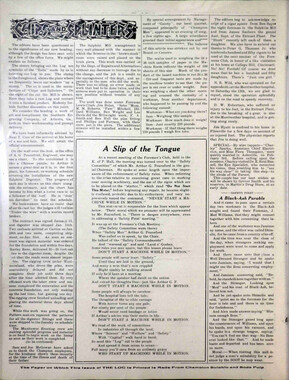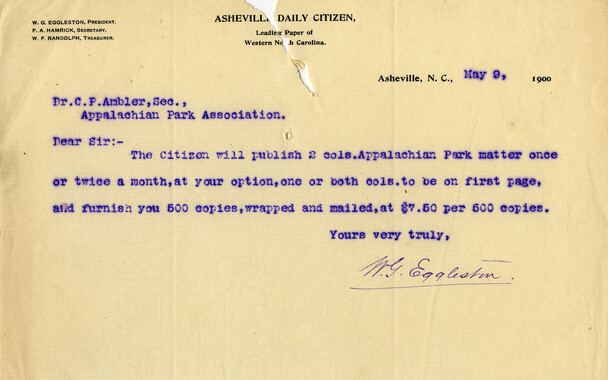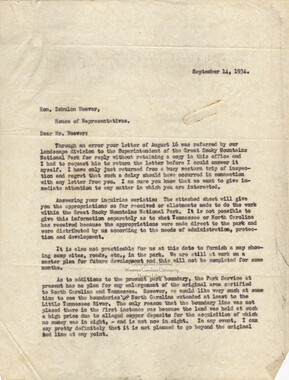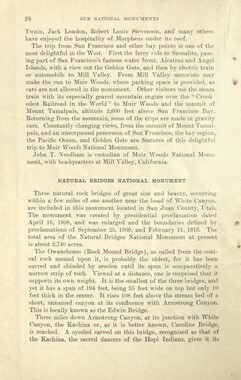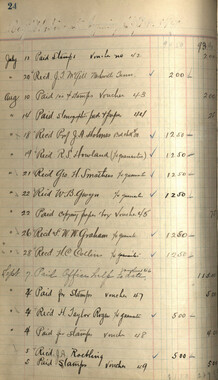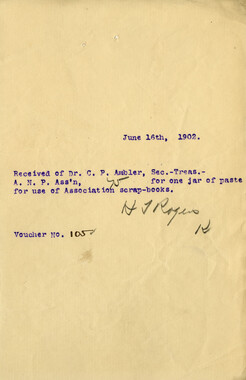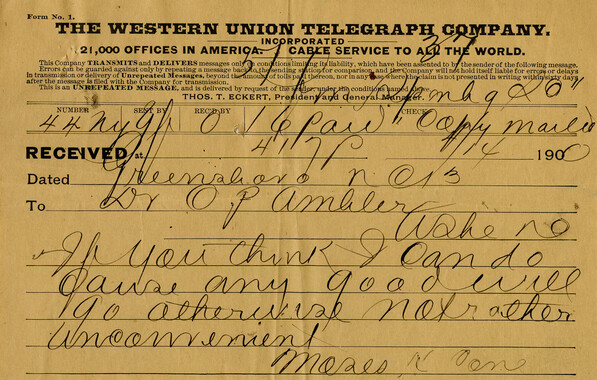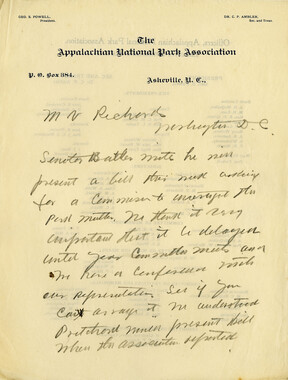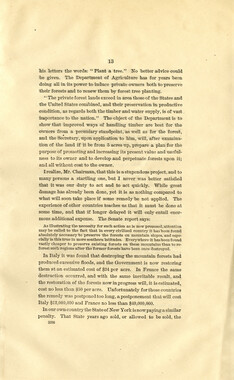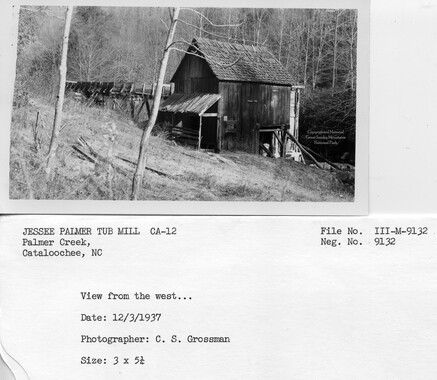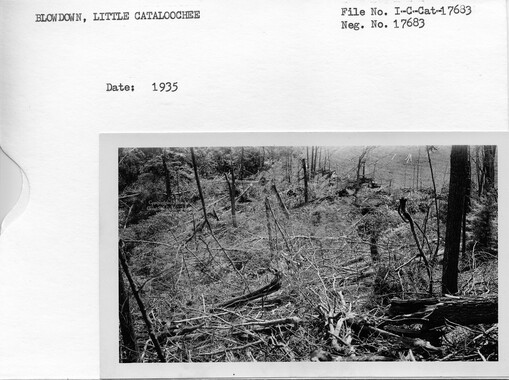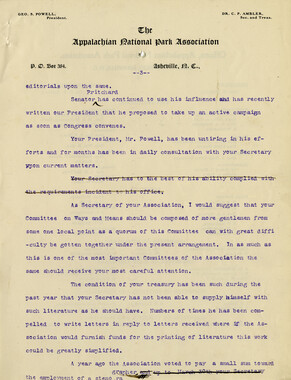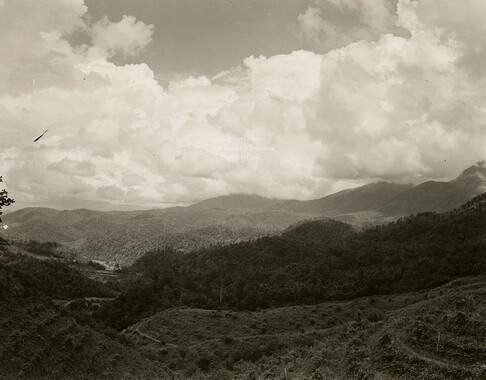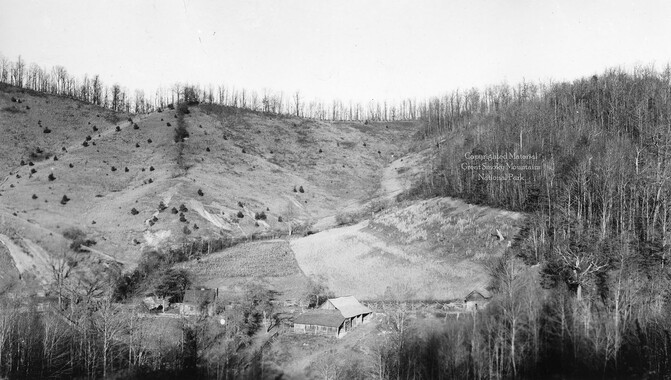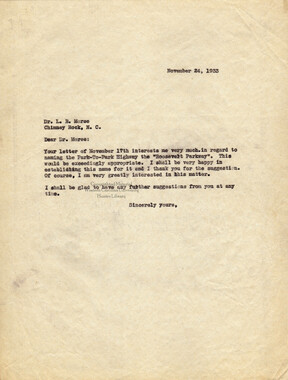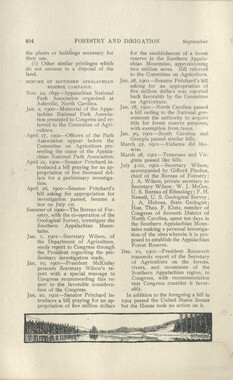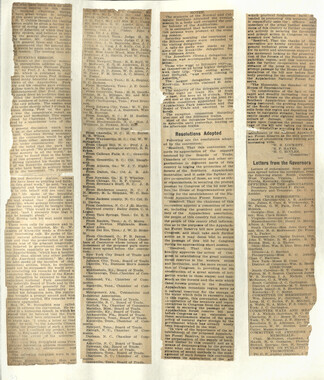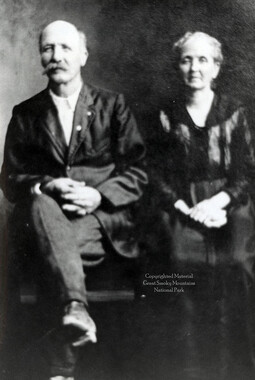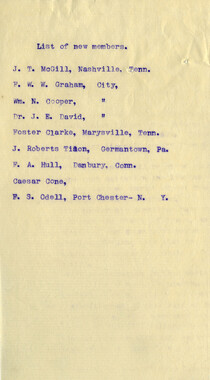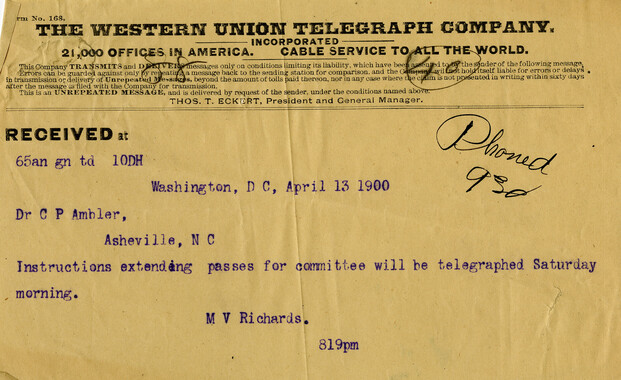Western Carolina University (21)
View all
- Canton Champion Fibre Company (2308)
- Cherokee Traditions (291)
- Civil War in Southern Appalachia (165)
- Craft Revival (1942)
- George Masa Collection (137)
- Great Smoky Mountains - A Park for America (2900)
- Highlights from Western Carolina University (422)
- Horace Kephart (973)
- Journeys Through Jackson (159)
- LGBTQIA+ Archive of Jackson County (85)
- Oral Histories of Western North Carolina (316)
- Picturing Appalachia (6797)
- Stories of Mountain Folk (413)
- Travel Western North Carolina (153)
- Western Carolina University Fine Art Museum Vitreograph Collection (129)
- Western Carolina University Herbarium (92)
- Western Carolina University: Making Memories (738)
- Western Carolina University Publications (2491)
- Western Carolina University Restricted Electronic Theses and Dissertations (146)
- Western North Carolina Regional Maps (71)
- World War II in Southern Appalachia (131)
University of North Carolina Asheville (6)
View all
- Allanstand Cottage Industries (62)
- Appalachian National Park Association (53)
- Bennett, Kelly, 1890-1974 (1463)
- Berry, Walter (76)
- Brasstown Carvers (40)
- Carver, George Washington, 1864?-1943 (26)
- Cathey, Joseph, 1803-1874 (1)
- Champion Fibre Company (233)
- Champion Paper and Fibre Company (297)
- Cherokee Indian Fair Association (16)
- Cherokee Language Program (22)
- Crowe, Amanda (40)
- Edmonston, Thomas Benton, 1842-1907 (7)
- Ensley, A. L. (Abraham Lincoln), 1865-1948 (275)
- Fromer, Irving Rhodes, 1913-1994 (70)
- George Butz (BFS 1907) (46)
- Goodrich, Frances Louisa (120)
- Grant, George Alexander, 1891-1964 (96)
- Heard, Marian Gladys (60)
- Kephart, Calvin, 1883-1969 (15)
- Kephart, Horace, 1862-1931 (313)
- Kephart, Laura, 1862-1954 (67)
- Laney, Gideon Thomas, 1889-1976 (439)
- Masa, George, 1881-1933 (61)
- McElhinney, William Julian, 1896-1953 (44)
- Niggli, Josephina, 1910-1983 (10)
- North Carolina Park Commission (105)
- Osborne, Kezia Stradley (9)
- Owens, Samuel Robert, 1918-1995 (11)
- Penland Weavers and Potters (36)
- Roberts, Vivienne (15)
- Roth, Albert, 1890-1974 (142)
- Schenck, Carl Alwin, 1868-1955 (1)
- Sherrill's Photography Studio (2565)
- Southern Highland Handicraft Guild (127)
- Southern Highlanders, Inc. (71)
- Stalcup, Jesse Bryson (46)
- Stearns, I. K. (213)
- Thompson, James Edward, 1880-1976 (226)
- United States. Indian Arts and Crafts Board (130)
- USFS (683)
- Vance, Zebulon Baird, 1830-1894 (1)
- Weaver, Zebulon, 1872-1948 (58)
- Western Carolina College (230)
- Western Carolina Teachers College (282)
- Western Carolina University (2008)
- Western Carolina University. Mountain Heritage Center (18)
- Whitman, Walt, 1819-1892 (10)
- Wilburn, Hiram Coleman, 1880-1967 (73)
- Williams, Isadora (3)
- Cain, Doreyl Ammons (0)
- Crittenden, Lorraine (0)
- Rhodes, Judy (0)
- Smith, Edward Clark (0)
- Appalachian Region, Southern (2940)
- Asheville (N.C.) (1944)
- Avery County (N.C.) (26)
- Blount County (Tenn.) (195)
- Buncombe County (N.C.) (1680)
- Cherokee County (N.C.) (283)
- Clay County (N.C.) (556)
- Graham County (N.C.) (238)
- Great Smoky Mountains National Park (N.C. and Tenn.) (525)
- Haywood County (N.C.) (3573)
- Henderson County (N.C.) (70)
- Jackson County (N.C.) (4919)
- Knox County (Tenn.) (35)
- Knoxville (Tenn.) (13)
- Lake Santeetlah (N.C.) (10)
- Macon County (N.C.) (421)
- Madison County (N.C.) (216)
- McDowell County (N.C.) (39)
- Mitchell County (N.C.) (135)
- Polk County (N.C.) (35)
- Qualla Boundary (982)
- Rutherford County (N.C.) (78)
- Swain County (N.C.) (2185)
- Transylvania County (N.C.) (270)
- Watauga County (N.C.) (12)
- Waynesville (N.C.) (86)
- Yancey County (N.C.) (72)
- Aerial Photographs (3)
- Aerial Views (60)
- Albums (books) (4)
- Articles (1)
- Artifacts (object Genre) (228)
- Bibliographies (1)
- Biography (general Genre) (2)
- Cards (information Artifacts) (38)
- Clippings (information Artifacts) (192)
- Copybooks (instructional Materials) (3)
- Crafts (art Genres) (622)
- Depictions (visual Works) (21)
- Design Drawings (1)
- Digital Moving Image Formats (2)
- Drawings (visual Works) (185)
- Envelopes (101)
- Exhibitions (events) (1)
- Facsimiles (reproductions) (1)
- Fiction (general Genre) (4)
- Financial Records (12)
- Fliers (printed Matter) (67)
- Glass Plate Negatives (381)
- Guidebooks (2)
- Internegatives (10)
- Interviews (817)
- Land Surveys (102)
- Letters (correspondence) (1045)
- Manuscripts (documents) (618)
- Maps (documents) (177)
- Memorandums (25)
- Minutes (administrative Records) (59)
- Negatives (photographs) (6090)
- Newsletters (1290)
- Newspapers (2)
- Notebooks (8)
- Occupation Currency (1)
- Paintings (visual Works) (1)
- Pen And Ink Drawings (1)
- Periodicals (193)
- Personal Narratives (10)
- Photographs (12976)
- Plans (maps) (1)
- Poetry (6)
- Portraits (4568)
- Postcards (329)
- Programs (documents) (181)
- Publications (documents) (2444)
- Questionnaires (65)
- Relief Prints (26)
- Sayings (literary Genre) (1)
- Scrapbooks (282)
- Sheet Music (2)
- Slides (photographs) (402)
- Songs (musical Compositions) (2)
- Sound Recordings (796)
- Specimens (92)
- Speeches (documents) (18)
- Tintypes (photographs) (8)
- Transcripts (324)
- Text Messages (0)
- A.L. Ensley Collection (275)
- Appalachian Industrial School Records (7)
- Appalachian National Park Association Records (336)
- Axley-Meroney Collection (2)
- Bayard Wootten Photograph Collection (20)
- Bethel Rural Community Organization Collection (7)
- Blumer Collection (5)
- C.W. Slagle Collection (20)
- Canton Area Historical Museum (2110)
- Carlos C. Campbell Collection (462)
- Cataloochee History Project (64)
- Cherokee Studies Collection (4)
- Daisy Dame Photograph Album (5)
- Daniel Boone VI Collection (1)
- Doris Ulmann Photograph Collection (112)
- Elizabeth H. Lasley Collection (1)
- Elizabeth Woolworth Szold Fleharty Collection (4)
- Frank Fry Collection (95)
- George Masa Collection (173)
- Gideon Laney Collection (452)
- Hazel Scarborough Collection (2)
- Hiram C. Wilburn Papers (28)
- Historic Photographs Collection (236)
- Horace Kephart Collection (861)
- Humbard Collection (33)
- Hunter and Weaver Families Collection (1)
- I. D. Blumenthal Collection (4)
- Isadora Williams Collection (4)
- Jesse Bryson Stalcup Collection (47)
- Jim Thompson Collection (224)
- John B. Battle Collection (7)
- John C. Campbell Folk School Records (80)
- John Parris Collection (6)
- Judaculla Rock project (2)
- Kelly Bennett Collection (1482)
- Love Family Papers (11)
- Major Wiley Parris Civil War Letters (3)
- Map Collection (12)
- McFee-Misemer Civil War Letters (34)
- Mountain Heritage Center Collection (4)
- Norburn - Robertson - Thomson Families Collection (44)
- Pauline Hood Collection (7)
- Pre-Guild Collection (2)
- Qualla Arts and Crafts Mutual Collection (12)
- R.A. Romanes Collection (681)
- Rosser H. Taylor Collection (1)
- Samuel Robert Owens Collection (94)
- Sara Madison Collection (144)
- Sherrill Studio Photo Collection (2558)
- Smoky Mountains Hiking Club Collection (616)
- Stories of Mountain Folk - Radio Programs (374)
- The Reporter, Western Carolina University (510)
- Venoy and Elizabeth Reed Collection (16)
- WCU Gender and Sexuality Oral History Project (32)
- WCU Mountain Heritage Center Oral Histories (25)
- WCU Oral History Collection - Mountain People, Mountain Lives (71)
- WCU Students Newspapers Collection (1923)
- Western North Carolina Tomorrow Black Oral History Project (69)
- William Williams Stringfield Collection (2)
- Zebulon Weaver Collection (109)
- African Americans (390)
- Appalachian Trail (35)
- Artisans (521)
- Cherokee art (84)
- Cherokee artists -- North Carolina (10)
- Cherokee language (21)
- Cherokee pottery (101)
- Cherokee women (208)
- Church buildings (190)
- Civilian Conservation Corps (U.S.) (111)
- College student newspapers and periodicals (2012)
- Dams (108)
- Dance (1023)
- Education (222)
- Floods (63)
- Folk music (1015)
- Forced removal, 1813-1903 (2)
- Forest conservation (220)
- Forests and forestry (1197)
- Gender nonconformity (4)
- Great Smoky Mountains National Park (N.C. and Tenn.) (181)
- Hunting (46)
- Landscape photography (25)
- Logging (119)
- Maps (83)
- Mines and mineral resources (9)
- North Carolina -- Maps (18)
- Paper industry (38)
- Postcards (255)
- Pottery (135)
- Railroad trains (72)
- Rural electrification -- North Carolina, Western (3)
- School integration -- Southern States (2)
- Segregation -- North Carolina, Western (5)
- Slavery (5)
- Sports (452)
- Storytelling (243)
- Waterfalls -- Great Smoky Mountains (N.C. and Tenn.) (66)
- Weaving -- Appalachian Region, Southern (280)
- Wood-carving -- Appalachian Region, Southern (328)
- World War, 1939-1945 (173)
Hardwood Bark, 1922
Item
Item’s are ‘child’ level descriptions to ‘parent’ objects, (e.g. one page of a whole book).
-
-
March, 1922 All the photos shown on page 6 are from Hazel Creek and the descriptions are given below: 1. Making the under cut. (Note: The tree is not hollow; see the same tree in picture No. 4). 2. D. M. Cuthbertson, Woods Superintendent, (left), and J. G. Horner, Mill Superintendent, (right). 3. Making abed'for the log road. The picture doesn't indicate it, but this is about a 14% grade. 4. Ready to saw it down. The men are D. M. Cuthbertson, Harrison Hall, Fred Crisp and John Green. 5. Mr. Bearden's sweetheart, Frances West. 6. The dimension mill crew at Hazel Creek photographed at their monthly "get-together" meeting. 7. F. C. Brass putting in full time on his last day in camp. Note the mud on his knee. You can tell by the expression which is the one. 8. Dr. Stork (Storie). 9. Mr. Wib. Fisher, our new supply man; new at supplies, but not new to Proctor. Wib. has been with us for seven years, having filled efficiently several positions, including those of lumber inspector and dimension mill foreman. We are glad to see him climbing toward the top, for he's just as good a scout as he looks. 10. Loading a car in the Hazel Creek Woods. 11. Engine No. 25, after the machine shop repaired her. David Kimberly, Chas. Wilson, Walter Horner, Jake Danielson, and F. W. Little all had a hand in fixing her up. 12. Mr. J. G. (Jim) Hackney, sawyer at Hazel Creek. Jim deserves special credit for February, for in spite of the fact that the mill was down for two days, because of a washout, he has made his requisition for the month just the same. But making requisitions is an easy matter for him, no matter what the conditions are under which he works. 13. Steam heated flooring shed at Proctor. 14. Where No. 25 fell. 15. The wreck. It's hard to believe that this is the same engine as in photo No. 11. "Do you think I shall live until I'm ninety, doctor?" "How old are you now?" "Forty." "Do you drink, gamble, smoke, or have you any vices of any kind?" "No. I don't drink, I never gamble, I loathe smoking; in fact, I haven't any vices." "Well, good heavens, what do you want to live another fifty years for?" ■—London Mail. WOODEN WATER MAIN OVER A CENTURY OLD. When New York, the great Metropolis of the Western world, could boast of a population of but 50,000 people, and was then as now the largest city on the American continent, the first water company was formed by an act of the legislature at the behest of Aaron Burr, whom history knows so well. Its object was to supply the city with a pure and sufficient supply of water, which records show it did not do. However, as that is a story of a political nature it needs no repeating here. In 1798 Burr placed himself at the head of a private company and after much difficulty succeeded in securing a charter, and soon after commenced the construction of a storage reservoir on Chambers Street, near Center Street. The water supply was secured from a large well 25 feet in diameter, pine pipe has remained in the ground, but with the march of time and necessary excavations for various projects, contractors have unearthed sections of the wood pipe in an almost perfect state of preservation. Invariably people, who stopped to gaze at these relics of long ago have been greatly impressed at their condition. To be sure, the pipe was crude in construction and in shape and general arrangement it did not compare favorably with the wooden water pipe of the present day. So impressed at the fine state of preservation of these old pipes were many leading New York engineers that when a section of the Burr pipe line was discovered about 1910, by workmen in the subway excavations around Williams Street, it was placed on exhibition at the Engineers Club where it continues to attract much attention of visitors and also stands as a monument to the durability of wooden water pipe, and located at the corner of what is now Reade and Center Streets, the water being pumped into the storage basin directly from the well. From the reservoir the water was distributed through hollow logs of white pine which were bored through the center to a diameter of from two to six inches, with curious wooden gates, valves and connections of various kinds. The system was known as Aaron Burr's pipe line, and only enough was done to provide the city with water to maintain the company charter. Twenty-three miles of water pipe was laid by Burr and his colleagues of the Manhattan Company, and records show that most of this pipe was of the wood type referred to above. Aaron Burr's pipe line was laid in 1798, and while New York grew and prospered the company died, but a more adequate supply was secured and the Manhattan Company's wooden pipe line was relegated to the past and forgotten. The start of the present system was made in 1835. For over 100 years the old white a memory of the days of Burr and Alexander Hamilton, over a century ago. There are many other reports of wooden water pipe which tend to point to its durability. Recently while putting in a high pressure main, workmen who dug up one of Boston's streets found a 50-foot section of a wooden pipe which had been installed in 1789 and used continuously until 1840 for bringing water from Jamaica Pond in Roxbury to the city of Boston. The wood is said to be pitch pine, and while the outside surface shows signs of decay, the wood is still hard and apparently as good as ever. This pipe section was of similar construction as that excavated in the New York Subway job. —Simons Guide. *> *• Hit and Run. Father—"Maude, hasn't that young man started for home yet?" Clever Young Man—"I have reached third, sir." Father's Voice—"Well, steal, you busher, steal."
Object
Object’s are ‘parent’ level descriptions to ‘children’ items, (e.g. a book with pages).
-
“The Hardwood Bark” was a publication produced “for the employees of the W.M Ritter Lumber Co.” William McClellan Ritter (1864-1952) organized the company in 1901 and, from 1903 until 1926, the company operated on Hazel Creek in Swain County, North Carolina, before moving its operations to Nantahala. Published during the 1920s, the monthly newsletter typically ran to about 25 pages. “The Hardwood Bark” was filled with articles on the Ritter company and the timber industry, but also included local stories. The pages included in this collection were selected because they relate to communities within the Great Smoky Mountains National Park. The town of Ritter was near the junction of Hazel Creek and the Little Tennessee River; a sawmill was built at Proctor, about four miles north of Ritter. The town of Ritter has long since been abandoned and Proctor is beneath the waters of Fontana Lake.
-

